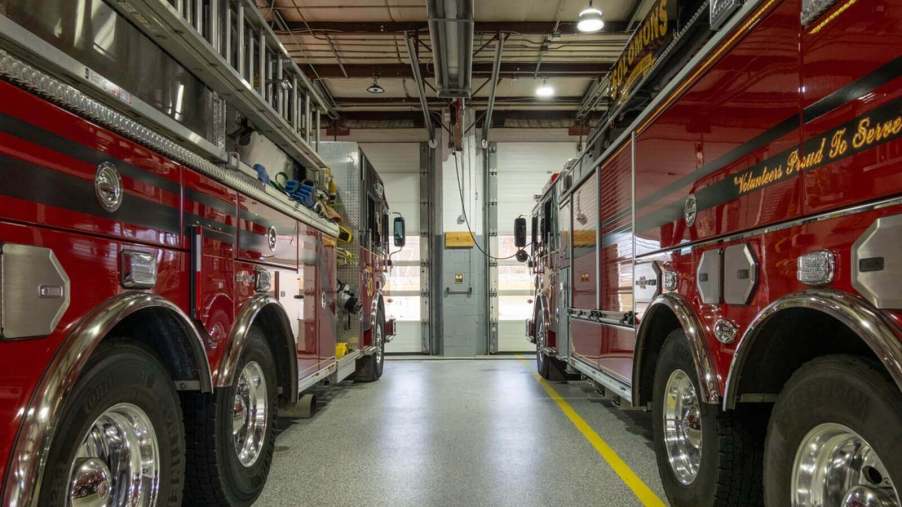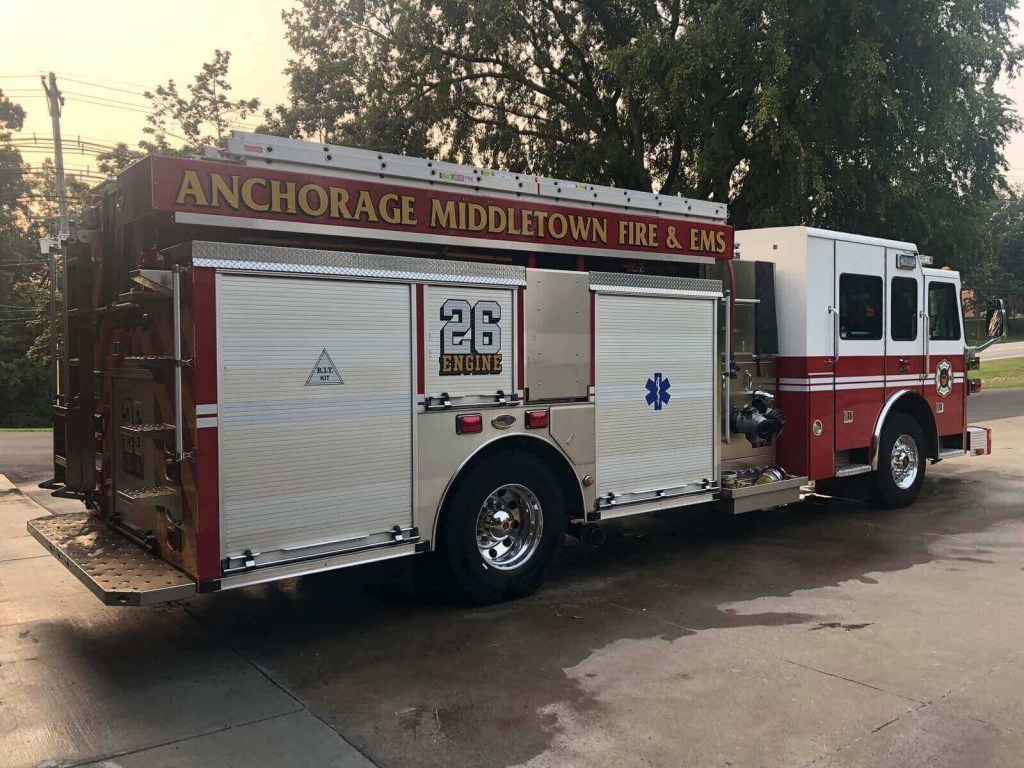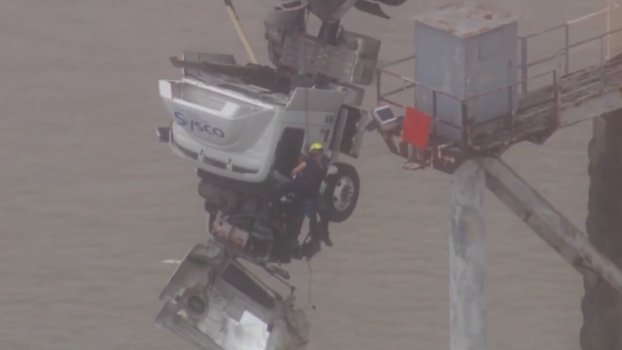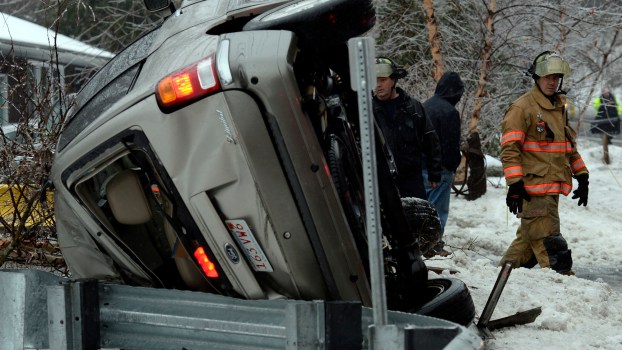
How Much Training Does It Take to Drive a Fire Truck?
Firefighting is one of those jobs that kids everywhere dream about when they see the big red truck screaming its way to an emergency. However, that fire truck doesn’t drive itself to fires, rescues, or motor vehicle accidents (MVAs). No, a trained driver has to get that crew, along with all of their life-saving kit, to and from a job without incident. So, just how much training does it take to drive a fire truck?
It takes more than comfort behind the wheel of a large vehicle to drive a fire truck
Depending on your state and its regulations, there are a few benchmarks to cross before a firefighter gets anywhere near the cab of a fire engine, truck, or quint. For instance, anyone who wants to drive an emergency vehicle for a fire department has to be a licensed driver and firefighter in their state. Furthermore, many departments reserve primary fire apparatus driving duty for engineers. Engineers are firefighters who qualify to perform an expanded variety of tasks, including operating a pump during fire suppression operations.
The amount of time to get licensed on an apparatus depends on specific regulations. However, that doesn’t mean that firefighters don’t get driving time in a fire truck. In many cases, departments will require at least 40 hours of training on a specific apparatus, like an engine or quint. Often, departments will train and periodically test their engineers and team members with road courses. Not unlike an autocross racing stage, proctors will use cones to set up dynamic conditions to test drivers’ coordination, spatial awareness, and dexterity behind the wheel.

Many department-affiliated academies or private training programs will teach recruits the basics of driving a fire truck, most likely an engine. However, for departments with fire-based emergency medical services (EMS), recruit driver training will likely focus on ambulances. It makes sense, as an emergency medical technician basic (EMT-B) could be driving an ambulance fresh out of the academy or courses.
Of course, driving a fire engine or ladder truck presents unique difficulties compared to driving a Type 1 ambulance. For starters, a fire apparatus is typically quite a bit larger and more expensive than most varieties of civilian trucks. As such, avoiding obstacles while maneuvering with efficiency becomes a balancing act.





